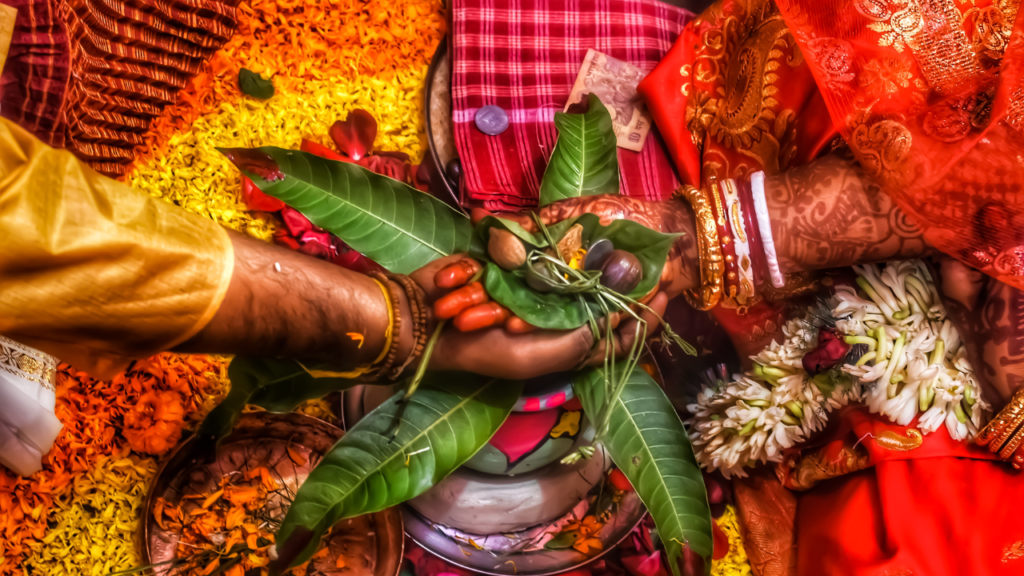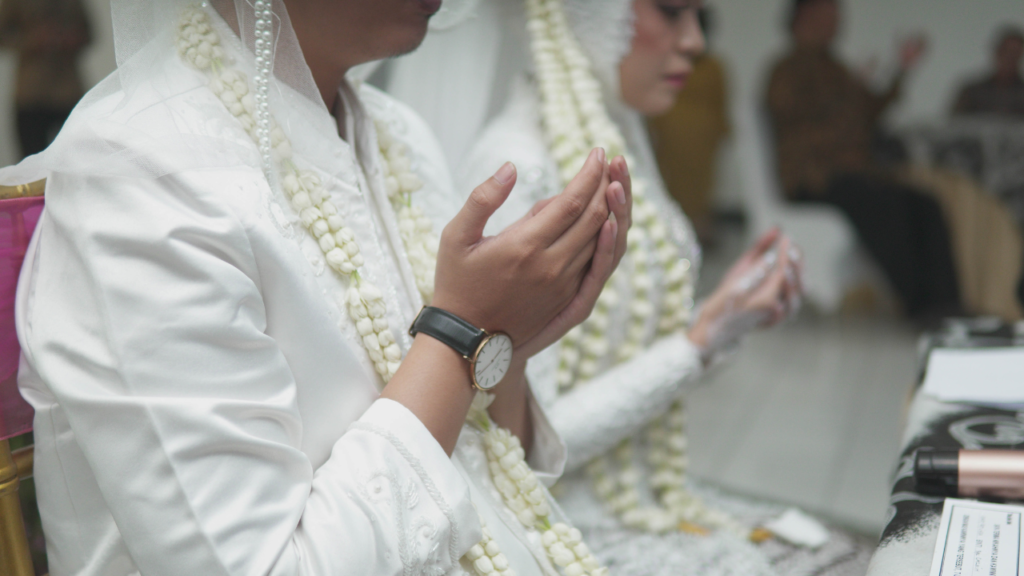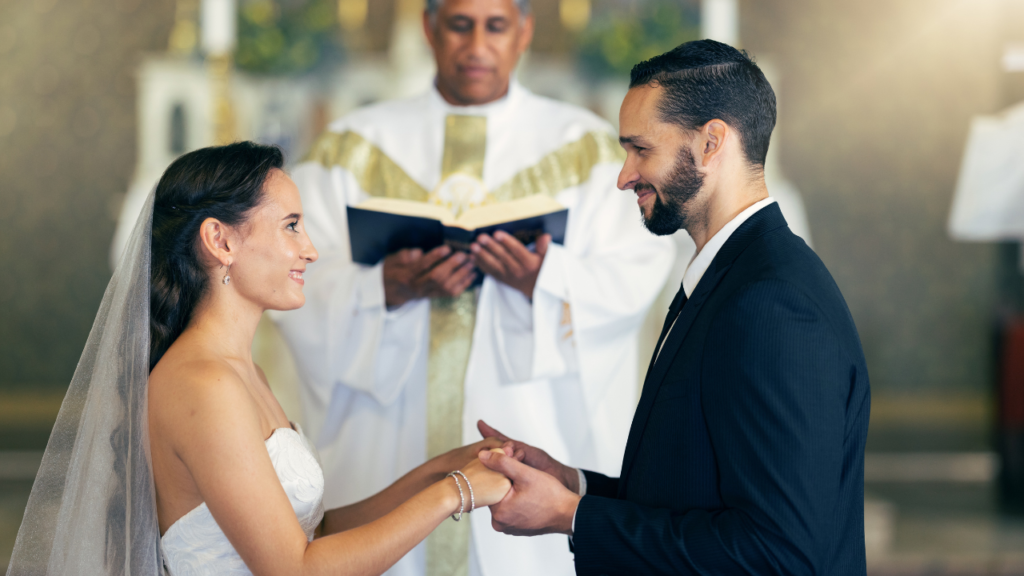Introduction to Marriage in India
In the vibrant tapestry of Indian culture, marriage holds profound significance. It’s not just a legal agreement but an emotional and spiritual bond deeply rooted in cultural and religious traditions. The diversity of India is beautifully mirrored in the array of religious practices and legal frameworks that govern marriages.
Hindu Marriage Act: Bridging Tradition and Law
The Hindu Marriage Act, 1955, stands as the backbone of Hindu matrimonial unions. It not only formalizes the legal union but also cherishes the sanctity of age-old traditions and cultural customs. Hindu marriages are a blend of ritualistic ceremonies and emotional bonds, embracing the union of not just two individuals but two families, communities, and spiritual beliefs.

Muslim Personal Law: Embracing Islamic Matrimony
Under the Muslim Personal Law (Shariat) Application Act, 1937, Muslim marriages reverberate with the essence of faith and commitment. Nikaah, the marriage contract, signifies an emotional promise of love, respect, and companionship between partners. The rituals and customs embedded in Islamic matrimony encapsulate a profound connection, binding couples in a sacred and emotionally charged union.
Christian Marriage Act: Celebrating Christian Unions
The Indian Christian Marriage Act, 1872, orchestrates the sanctity of Christian marriages. Beyond the legal formalities, it’s an emotional celebration of love, faith, and commitment between partners. The exchange of vows in the presence of God and the church symbolizes the depth of emotional dedication, weaving an everlasting bond.
Special Marriage Act: Embracing Interfaith Alliances
In a beautiful display of love transcending religious boundaries, the Special Marriage Act, 1954, embraces interfaith unions. It not only honors the emotional commitment between partners but also respects individual beliefs. It’s a testament to love and respect, where different beliefs come together in a union celebrating diversity and love.

Parsi Marriage and Divorce Act: Upholding Zoroastrian Traditions
Regulated by the Parsi Marriage and Divorce Act, 1936, Parsi marriages resonate with emotional depth. The Achoo Michoo ceremony signifies not only the emotional commitment of the couple but also the cultural heritage and spiritual journey they undertake together. It’s a union that celebrates love amidst cultural richness.
Jewish Marriage Customs: Symbolism in Union
Though not governed by a specific Act, Jewish marriages embody rituals like the Ketubah and Chuppah, symbolizing the emotional and spiritual bonding between partners. The depth of commitment and tradition in Jewish unions is a beautiful expression of love and faith.
Buddhist Marriage Customs: Embracing Spiritual Unity
Buddhist marriages, while not legally governed, emphasize the emotional and spiritual aspects of union. The commitment to respect, compassion, and spiritual unity between partners forms the crux of Buddhist matrimony, enriching their relationship through the teachings of Buddha.
Sikh Anand Karaj Ceremony: Spiritual Bonding
Sikh marriages primarily follow the Anand Karaj ceremony, symbolizing emotional commitment and spiritual bonding. As partners walk around the Guru Granth Sahib, they embark on a spiritual journey together, pledging their love and unity.
This extended elaboration adds depth to each religious act, focusing on the emotional significance, cultural heritage, and spiritual essence embedded in these diverse matrimonial practices in India.

Emotional Significance in Each Religious Act
Each religious marriage act is more than a mere legal framework; it symbolizes the emotional commitment and deep-seated traditions woven into the fabric of the union. These acts embody the heart and soul of their respective cultures, where emotional ties and traditions blend seamlessly.
Comparison of Rituals and Emotional Themes
When comparing the rituals and emotional themes across diverse religious marriage acts, it’s evident that while customs and ceremonies may differ, the emotional underpinning remains consistent. Love, commitment, and the desire for unity are the threads that tie these diverse ceremonies together, irrespective of faith.
The Essence of Cross-Religious Marriages
Cross-religious marriages are a beautiful blend of diverse emotions and traditions. They showcase the mutual respect for each other’s beliefs, enriching the cultural tapestry of India. Such unions represent not only a fusion of two individuals but a beautiful union of two different traditions and beliefs.
Social Implications and Cultural Diversity
Beyond the emotional and spiritual significance, the diverse marriage acts in India hold broader social implications. They reflect the cultural diversity and tolerance embedded within the society, fostering understanding, acceptance, and respect for different traditions.
The Beauty of Indian Marriage Laws
In conclusion, Indian marriage laws, across various religions, portray the beauty of diversity and emotional depth. They showcase the intricate tapestry of traditions and emotions, proving that love transcends boundaries and legalities, binding people through the threads of shared emotions, irrespective of faith.

